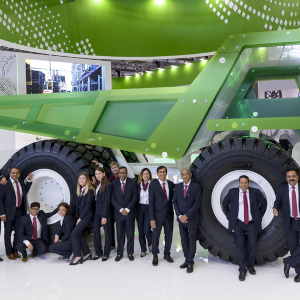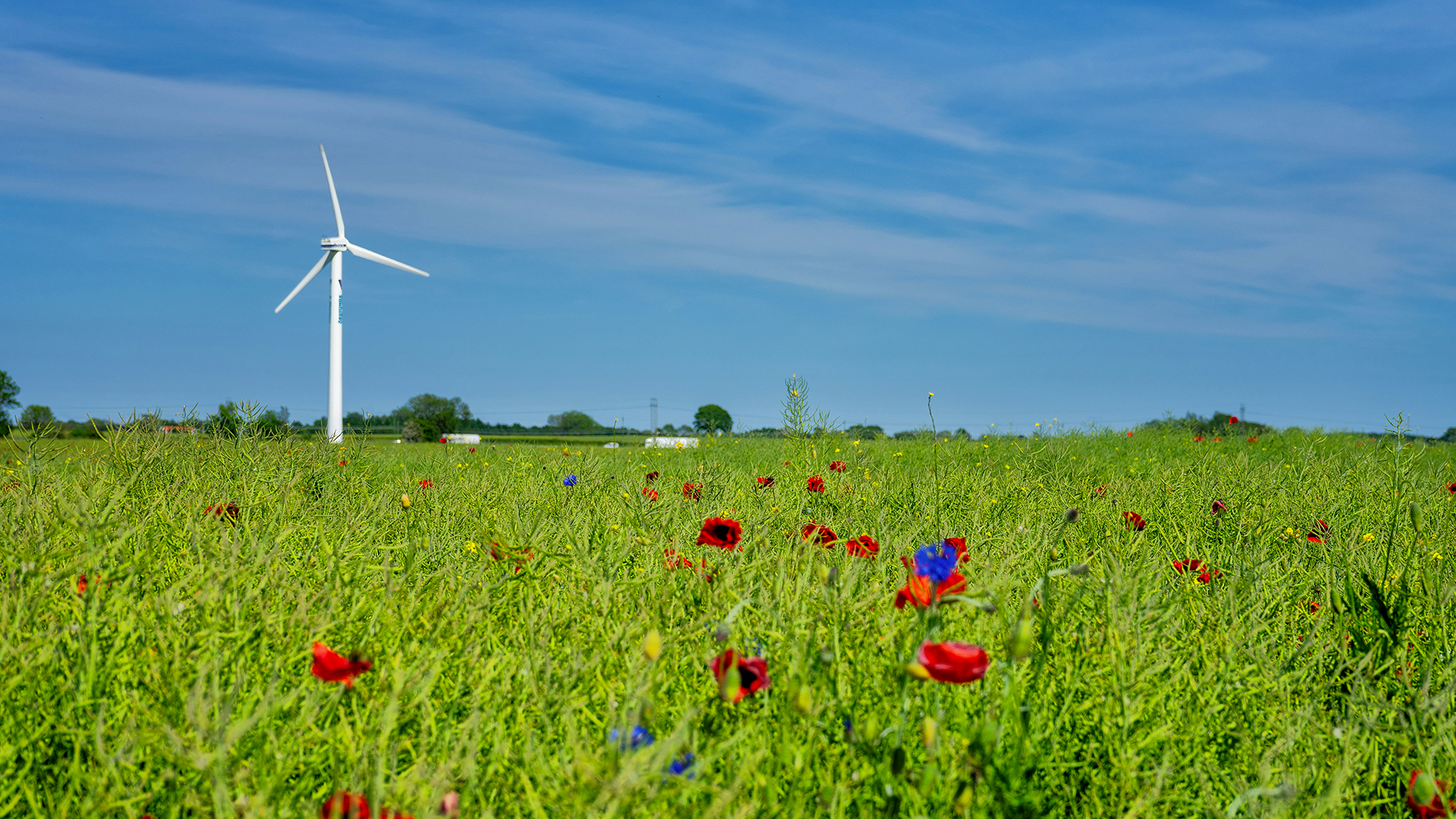At BKT, we are big advocates for staying on top of the latest trends within your industry - and the agricultural world is no exception. Whether you work in agriculture or are simply passionate about it (as we certainly are!), it’s important that you keep up to date with all the latest agritech trends. Read on to discover 5 agritech trends that you shouldn't miss!
At BKT, we are big advocates for staying on top of the latest trends within your industry - and the agricultural world is no exception. Whether you work in agriculture or are simply passionate about it (as we certainly are!), it’s important that you keep up to date with all the latest agritech trends.
What Is Agritech?
But first things first, what is agritech? Agritech, short for agriculture technology, does what it says on the tin: it is the umbrella term for all technology which is up and coming in the agricultural industry, redefining life on the farm. Agritech aims to make processes and operations more efficient and more precise - essentially trying to achieve more with less blood, sweat and tears! The term ‘agritech’ covers advanced technology such as Artificial Intelligence, The Internet of Things and biotechnology, while also describing more traditional equipment, such as tractors. Agritech is referred to as part of the 4th Agricultural Revolution, otherwise known as Agriculture 4.0.
So, what are the benefits of agritech? These technological advancements increase the productivity of agricultural operations, while also helping to sustainably feed the ever-rising population. Experts are confident that certain developments within agritech will help us achieve net zero. It can be as simple as substituting the tractors we use daily to AI and robotics. That said, will this change be welcomed? Will farmers get on board, or will they be reluctant to turn away from tradition?
In today’s blog, we will be looking at some of the top agritech trends that you should be getting excited about. So, without further ado, let’s get started!
1) Internet of Things
Everything is becoming 'smart' - not just our phones and televisions, but agriculture too. The Internet of Things (IoT) refers to any physical object with sensors, processing capabilities, software and technologies that connect and exchange data with each other, and devices that use the Internet. But how does this relate to the agricultural industry? Well, for example, your tractor could send data to your phone directly from sensors, telling you instantaneously which parts of your land needs the most urgent attention. The Internet of Things is certainly up and coming in the world of farming. To learn more about how IoT is impacting our industry today, read our previous blog here.
2) Artificial Intelligence
Artificial intelligence is increasingly being integrated into industries across the globe. AI allows for automation, machine learning, and more efficient production methods. As part of the aforementioned IoT, it has the potential to spot early signs of diseases across crops and livestock, which could improve welfare and yield. This up and coming trend has the potential to be incredibly beneficial to the environment - it is already doing so, in fact - however, some argue that it has an equally negative impact, due to replacing workers. Despite this concern, many are turning to AI due to the rise in population, as it significantly helps us to meet the demand to feed the world. AI allows crisp accuracy and could be implemented in multiple aspects of agriculture, such as vertical farms (which we will touch upon later!) - assisting in creating the perfect environment for crops. What’s more, there are nine types of robots. These have been invented to further meet increased demands for food production, aiding systems and processes on the farm. This array of robotics are naturally more efficient than traditional workers, but they are often expensive, so smaller farms may miss out.
3) Biotechnology
Have you heard of bioengineering? This up and coming agritech trend is, in a nutshell, the process leading to genetically engineered products. This is achieved through advanced tools which allow the DNA and RNA of animals and plants to be efficiently edited. In particular, this provides a promising solution for pests and crop disease - which is greatly sought after by farmers universally!
4) Vertical Farms
Vertical farming is a relatively new concept which allows farmers to grow crops indoors. It opens up the opportunity for growing crops in more urban areas and other regions of land unsuitable for growing our food. Using the IoT, AI, and smart farming, vertical farms create a precise, controlled environment. Many believe that the benefits - namely increased efficiency and environmental friendliness - outweigh the cons. Also, despite the high start-up costs, some companies argue that you quickly make your money back due to the low running costs and efficient production. What’s more, less land is needed for the equivalent production of farmland: Plenty boasts that they condense 700 acres of land to the size of a big box retail store. Companies like Plenty and Nordic Harvest are leading the way in vertical farming, with Nordic Harvest having Europe's biggest vertical farm. Long may the vertical farm reign continue!
5) Agriculture 4.0 and Food Security
Low and behold, the next agricultural revolution! We’ve come so far from the very first revolution: the first settlements, the first farms, the first form of organised food production… and fast forward to 2022, we are entering a technological revolution. Agriculture 4.0 considers all of the above, and more (Internet of Things, Big Data, Artificial Intelligence and Robotics to name but a few) to extend, enhance and increase the efficiency of activities that affect the entire production chain. Importantly, this technology aims to guide us to net zero, while efficiently feeding the world. The idea is to increase food security globally, even in the harder-to-reach, less affluent communities. So, our final ‘trend’ is the sharpened focus on the importance of food security across the globe, which agritech is specifically invented to align with.
What Does Agritech Mean for Our Future?
It's no secret that our world is becoming increasingly urbanized, and with food supply being a major topic of discussion, it's great that technology is stepping up to help! The amount of data generated today is staggering, and this blog merely scratches the surface with the ways in which it can be used to make agriculture better. This list is by no means complete, and each year we discover more ways to improve the agricultural industry - and society as a whole.
Given the promising technology which is inspiring agricultural development, farmers will have access to powerful information and technologies to make informed decisions on everything from planting to harvesting, and from managing their crops to selling them. Particularly, this will be a game changer for small farms in rural areas of developing nations. With a little guidance through business support, they can sell their produce competitively at higher prices in local markets, all the while getting direct feedback on market conditions through trusty technology.
All in all, as our lowdown suggests, these agritech developments reassure us of a more sustainable future, with the ability to keep up with the increasing global demand for food production. The future is ‘smart’, green, and full of promise! To learn more, check out our BKT Network episode about all things agritech.






